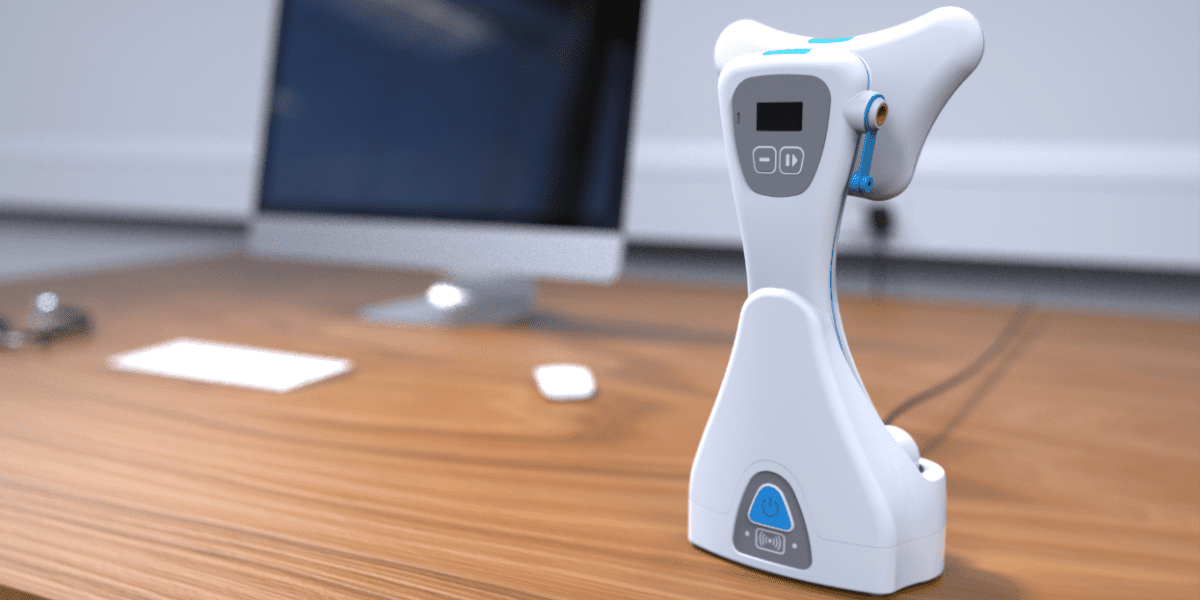
In order to meet the rigorous expectations of fast-paced new product market, it is vital to make use of optimised development processes. Having effective inspections during the development phase can provide a seamless path from design to production. However, if inspections are not applied correctly, this may lead to a variety of problems such as increased costs, delays, and reduced product quality. This article explains three common misconceptions related to inspections in medical device development.
CAD and technical drawing software have enabled designers to easily input inspection notes and measurements. Although it might appear to be a logical approach, it might be counter-productive. Adding more detailed component specifications may lead to over detailed and over-measured parts. However, this practice can often be accompanied with undesirable effects.
Generally, the more measurements and inspection points indicated on the technical drawings, the longer it will take to inspect the parts. Removing unnecessary inspections can help to shorten the development timeline, especially for components that require multiple samples before finalising.
Because of the complexity of production manufacturing and plastic materials, initial component samples may not be precisely accurate in all areas. If the component specifications include superfluous inspection points, these parts of the component could end up failing checkups. To counter this issue, component specifications can be relaxed, but this may lead to longer development timeline and increased costs.
If the specifications for a component are overly detailed, the manufacturer will not know which areas to prioritise. This can lessen the impact of essential measurements, leading to components that are neglected in the manufacturing process. To avoid this issue, it is beneficial to have straightforward specifications that the manufacturer can pay attention to.
Optimally, through risk analysis and comprehension of the device's requirements, the components that require extra control can be identified, and any unneeded details can be eliminated or accepted via testing.
Unlike the above mentioned misunderstanding, designers would sometimes attempt to quicken the development process and minimise expenses by reducing testing and lessening tolerances. Relaxing the specifications can lower the initial tool cost for injection molding. However, keeping the project costs low might not be possible if part quality is compromised. The following considerations should be taken into account before widening part specifications:
Selecting the right materials can have a huge influence on a design; in terms of, characteristics such as tension, strength, rigidity and stiffness. Not only that, but the materials define the type of production process needed to produce the design and the type of machinery required for the cutting and bending of components. Understand the materials chosen and factor in weight, cost and the production methods required to ensure that the components are designed tailored to their purpose.
Widening tolerances without taking into account the purpose of the device may lead to increased chances of failure. Each component should have restrictive tolerances that make the tolerance examination successful. The examination should help decide which tolerances can be relaxed, and statistic strategies can be implemented to bring the results closer to reality.
Working with the producer can reveal where tolerances can impact costs in a certain way. Maybe, it is easy for the manufacturer to follow ±0.1mm tolerances while avoiding a cost increase, leading to less reasons to reduce it below ±0.1mm.
For molding operations, the material can also affect tolerance performance. Raw material suppliers are aware of the restrictions of their materials, and may have different grades if desired. Essentially, beginning with thorough component details and specifications can stop the need for future modifications, directly improving the final product quality, minimising project costs, and making sure the project is completed in a timely manner.
Inspections are generally not enough on their own, and decision makers may find more advantages with some type of testing process or other development tools. There are several potential testing methods for most events and professionals should consider whether testing a device or its components is necessary during the early development stages. Relying exclusively on inspection to evaluate samples in the development process may lead to things being overlooked:
When a part is planned to be used in dissimilar environmental situations, it may be helpful to test it in an environment akin to the actual use area. This could demonstrate how the component behaves in warmth, water or other environmental factors, and locate any suspicious or insensitive inputs before deployment. As environments can change drastically, it is pertinent to identify any weak points in the device's ability to adjust.
Inspection can be a useful mechanism for evaluating parts individually, and also engineering calculations combined with material study can help designers realise the interactions between these pieces. Nonetheless, testing the real connections between parts can be another development path that could reveal any possible problems when they interact.
Plastic and their characteristics do not always hold true to theory, for instance a device made of plastic pieces with a shelf-life of 3 years, specifying peculiarities like creep, stress relaxation, decrease in quality etc., can be noticed in aging studies but may not be detected from theoretical approaches.
Unskilful medical device developers may rely too much on theory and overlook the actual sample of the device, inspection can give facts that testing cannot, and vice versa. Applying both inspection and testing methods rather than relying mainly on inspection helps provide the device with the best opportunity of passing rapidly through the development phase.
Inspection can be an extremely advantageous instrument in guaranteeing a successful development process for medical devices as long as it is utilised correctly; while it can be an expensive, time-consuming task if used incorrectly. Guaranteeing that component tolerances are established realistically and with legitimate reason and also recognising the boundaries of inspection should lead to a more triumphant project(s).